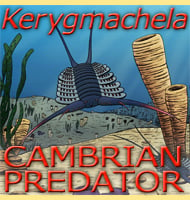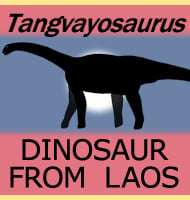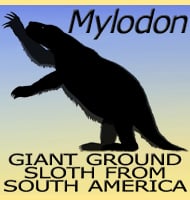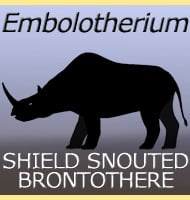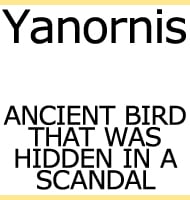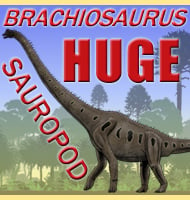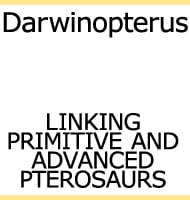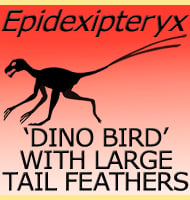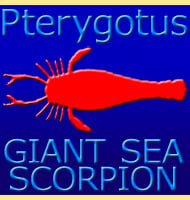In Depth
Like with most flat headed pachycephalosaurs, the genus Dracorex may well represent a juvenile of another genus. This is because there seems to be an emerging pattern where pachycephalosaurs had flat heads when they hatched out of the eggs, but growing into domes as the dinosaur grew to adulthood. In this respect Dracorex has been perceived to be a younger version of Stygimoloch, while both of these have been suggested to be juveniles of the famous Pachycephalosaurus, the only confirmed fossils of which at the time of writing are from adults. If this is correct, then both Dracorex and Stygimoloch will end up being re-classified as juvenile Pachycephalosaurus, though only the discovery of new fossils of different growth stages could confirm this with absolute certainty.
Further Reading
- Dracorex hogwartsia, n. gen., n. sp., a spiked, flat-headed pachycephalosaurid dinosaur from the Upper Cretaceous Hell Creek Formation of South Dakota. - R. T. Bakker - R. M. Sullivan, V. Porter, P. Larson & S. J. Saulsbury - In Late Cretaceous vertebrates from the Western Interior. New Mexico Museum of Natural History and Science Bulletin 35, pp. 331–345. - S. G. Lucas & R. M. Sullivan - 2006. - Extreme cranial ontogeny in the Upper Cretaceous Dinosaur Pachycephalosaurus. - PLoS ONE, 4(10): e7626. - J. R. Horner & M. B. Goodwin - 2009.

